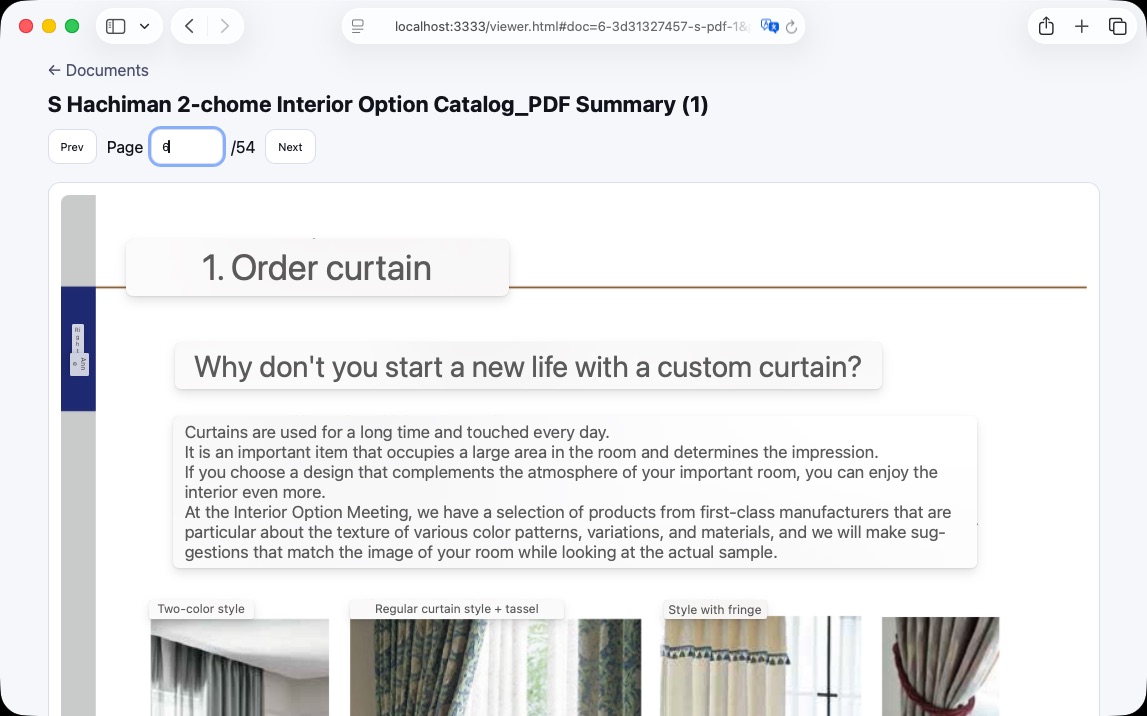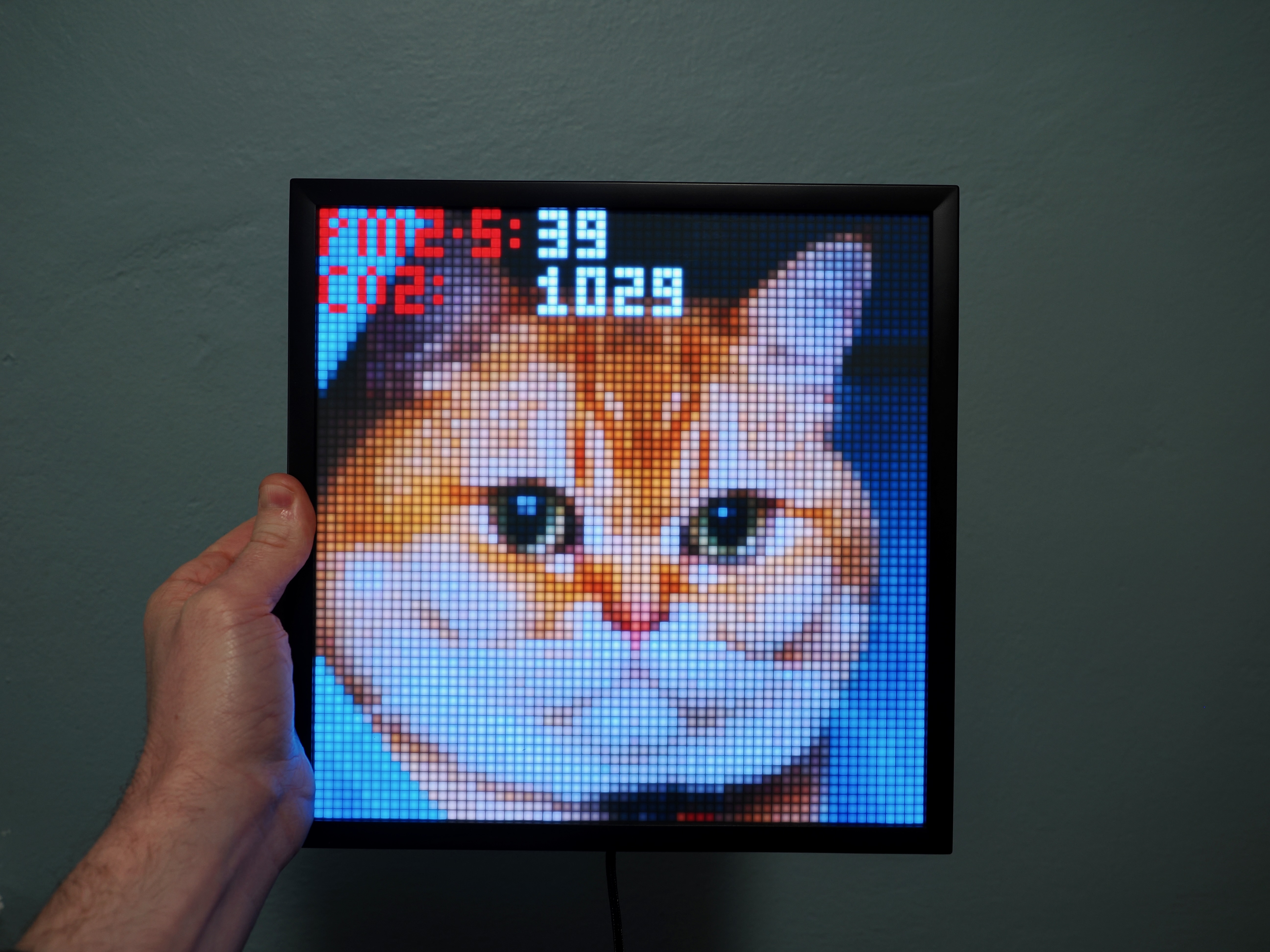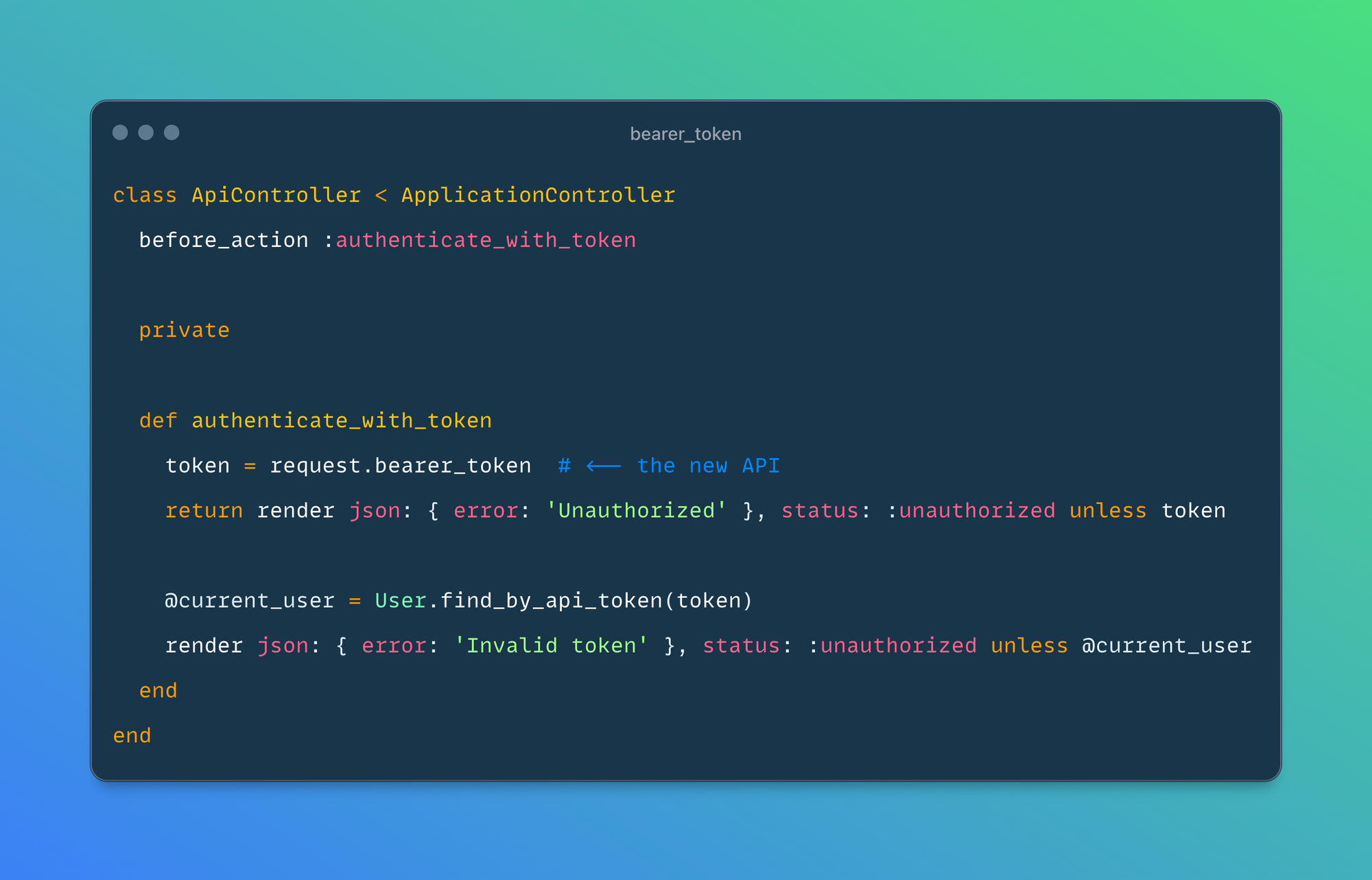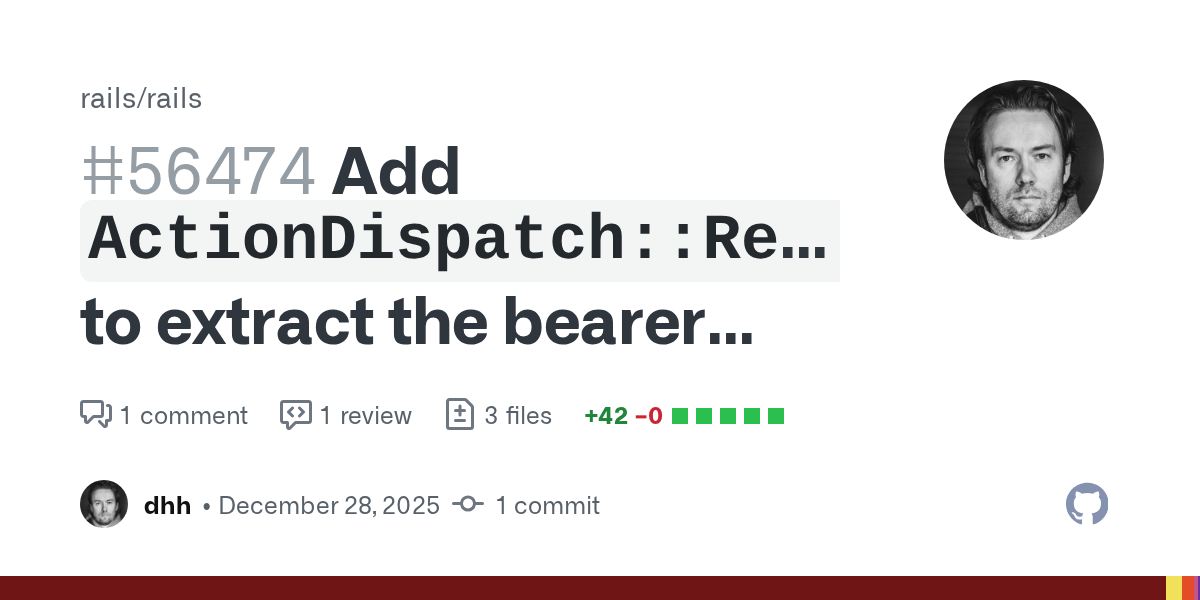Typing every prompt with your fingers feels backwards in 2026. We can speak faster than we can type, and it feels more natural. Hold a hotkey, speak, and your OS types it for you. If you care about flow, dictation is the most underrated AI upgrade you can make.
In the Omarchy world, Hyprwhspr is getting a lot of attention after a recent DHH tweet:
I had no idea that local model dictation had gotten this good and this fast! I'm blown away by how good hyprwhspr with Omarchy is just using a base model backed by the CPU. Unbelievably accurate. https://t.co/Jtz3eN84Jf
— DHH (@dhh) January 3, 2026
He’s right: local dictation is shockingly good now. The catch is Hyprwhspr uses Python virtual…














![[8/4] How a Scotsman saved hours of my time by turning an LLM into my virtual assistant](https://digitalpress.fra1.cdn.digitaloceanspaces.com/xhtzjbw/2025/12/ChatGPT-Image-Dec-27--2025--05_51_01-AM.png)
![[8/4] How a Scotsman saved hours of my time by turning an LLM into my virtual assistant](https://digitalpress.fra1.cdn.digitaloceanspaces.com/xhtzjbw/2025/10/Screenshot-2025-10-26-at-10.25.22.png)
![[8/4] How a Scotsman saved hours of my time by turning an LLM into my virtual assistant](https://digitalpress.fra1.cdn.digitaloceanspaces.com/xhtzjbw/2025/10/Screenshot-2025-10-26-at-10.26.09.png)







![[7/4] Speak to LLMs with voice-to-text](https://digitalpress.fra1.cdn.digitaloceanspaces.com/xhtzjbw/2025/12/christmas-llm-post-7-4-1.png)

